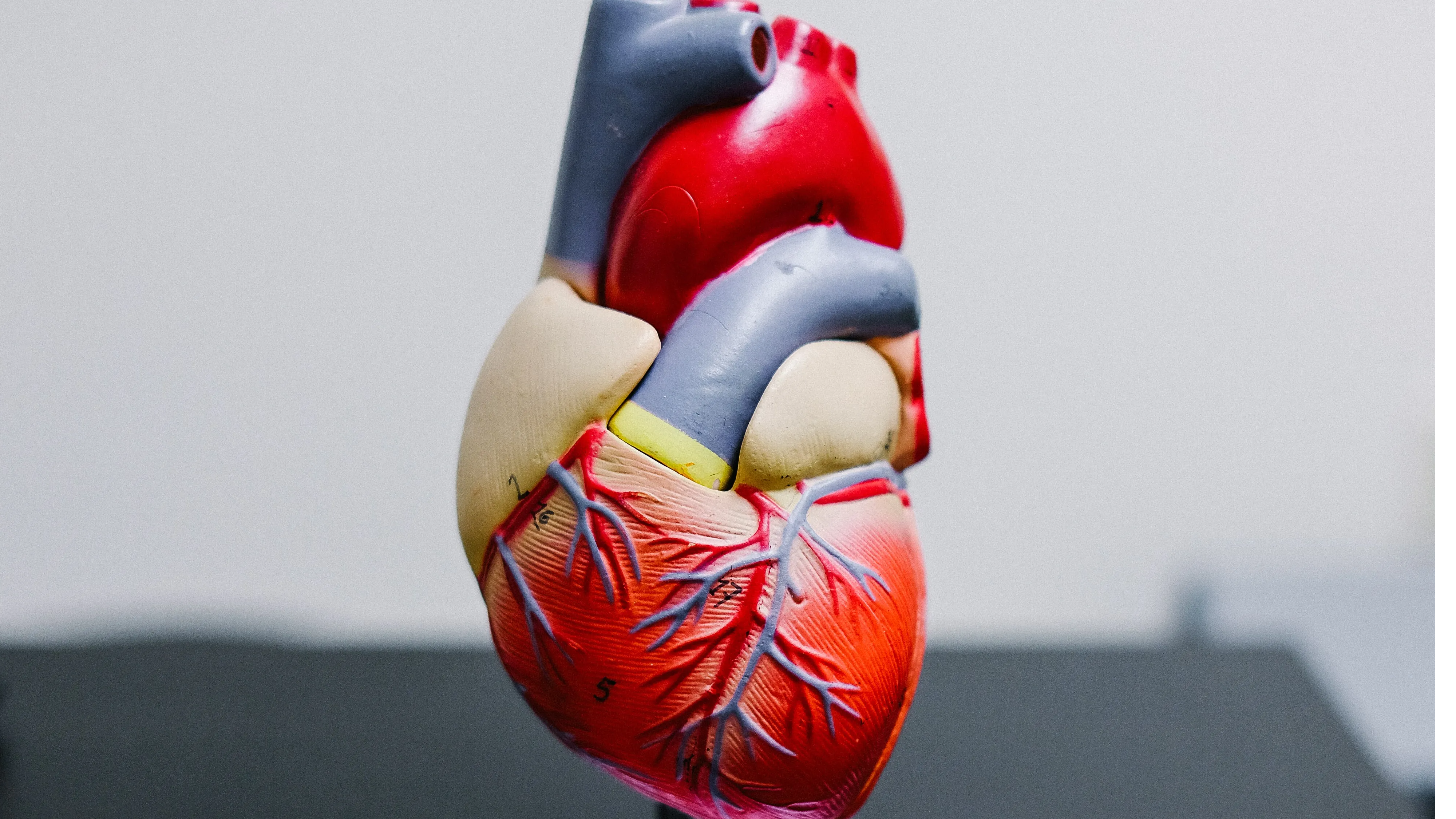Most people these days suffer from one or the other heart condition owing to the unhealthy lifestyle and large consumption of cholesterol. One such condition is aortic stenosis. While aortic stenosis has become quite common in recent years, most people don’t recognise its signs and symptoms due to a lack of proper information.
In this article, we will attempt to address all the common doubts about aortic stenosis.
What is aortic stenosis
Aortic stenosis is a condition related to heart valves that are responsible for the proper circulation of blood. In this condition, the ability of the aortic valve to open wide and close tight is affected.
This can be understood in this way. Most of the heart valves open to the size of a nickel when the heart pumps, then close tight as soon as the heart relaxes. The circulation of blood takes place only when the heart relaxes and contacts. Now, when aortic stenosis occurs, the valve’s opening might shrink down the size of the head of a golf tee instead of a nickel. This generally happens due to calcium accumulation.
Signs and symptoms of aortic stenosis
Symptoms of aortic stenosis are as following:
1- Fatigue
2- Shortness of breath
3- Dizziness
4- Chest pain
5- Heart murmurs
6- Weight gain
7- Frequent fainting
What causes aortic stenosis?
This condition is mostly found in people ages 60-80 and one of the most common causes of Among all aortic stenosis is calcification of the valve, which means a collection of calcium in and around the aorta.
With age, heart valves can collect deposits of the calcium mineral as blood repeatedly flows through it. Over time, this calcium accumulation causes the valve cusps to stiffen, hence narrowing the passage.
Another cause of aortic stenosis is the presence of untreated or strep throat infection or rheumatic fever





